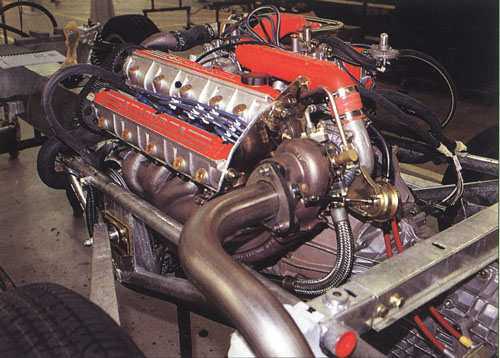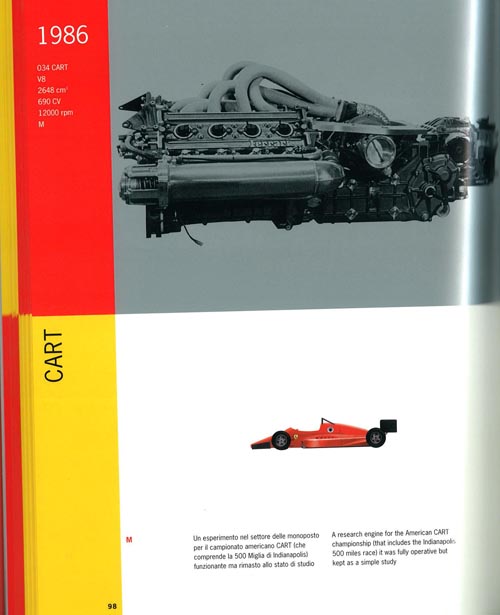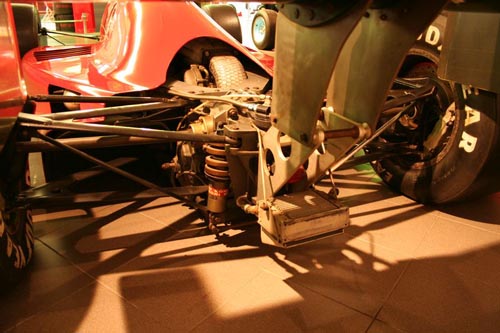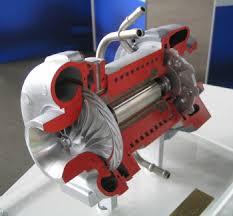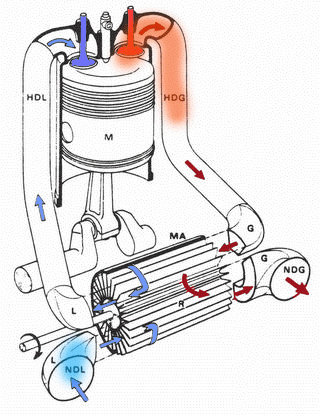@ Autogyro
But why power a compressor with less efficient energy, when that electric power can do something more effective?
this is the conversion:
80%turbine--> 80%generator---> 94%inverter---> ??%battery---> 80%generator ---> 76%compressor.
total efficiency 0.36% excluding the battery.
While all it takes is this:
80%turbine--->76% compressor, with variable vane turbine.
2 times more efficient! 0.608% and simpler lighter.
Lets say that the engine is at full rev, the turbine providing all the power the compressor needs.
Now the engine goes off throttle and the turbine power reduces by 50%. The generator will have to deliver that power at 100,000 rpm to maintain the previous state.
It's not a free lunch.
If the compressor needs 100 hp to deliver a certain boost and cfm, it wont matter if it's a turbine or generator providing the power. the compressor requires it.
If a compressor requires 100hp, that has to be provided by the turbine and or generator. If the turbine lets up and generator has to compensate for 30hp or even as much as much as 90.
Your taking 90hp that could be used for something more direct with less, more efficient, conversion steps.
plus, with the limited fuel flow, all that excess air at lower engine speed will be for naught.
I would agree with speeding it back up, but i wouldn't waste power maintaining boost that wont be used when the throttle is closed, and is excessive for the fuel limits.
I think we are going off topic. This is a good discussion for the turbo expert thread.

